|
�@�@ -* �����U *-
���: 
�±�: ����
�y�O: ����
�g��: ����
�Ӧ�: ����
�o��: 0 �g
���: 0 �g
�b�u: 0 �� 0 �� 0 ��
���U: ����
|
|
 �ƻs�@ �ƻs�@ �ޥ��@ �ޥ��@ �^���@ �^���@ | [�� �D] |
|
| |
 ���D�D�����Ϥ��p�U�G ���D�D�����Ϥ��p�U�G
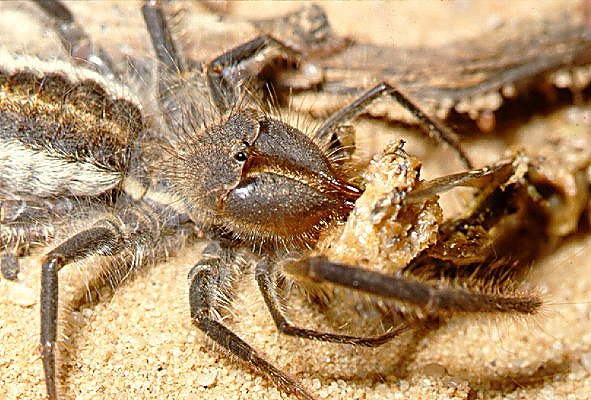

 �����d�ݹϤ��ԲӸ�� �����d�ݹϤ��ԲӸ�����bŪ�����Ϥ����ԲӸ�ơA�еy�� ... |
 ���D�D�����Ϥ��p�U�G ���D�D�����Ϥ��p�U�G
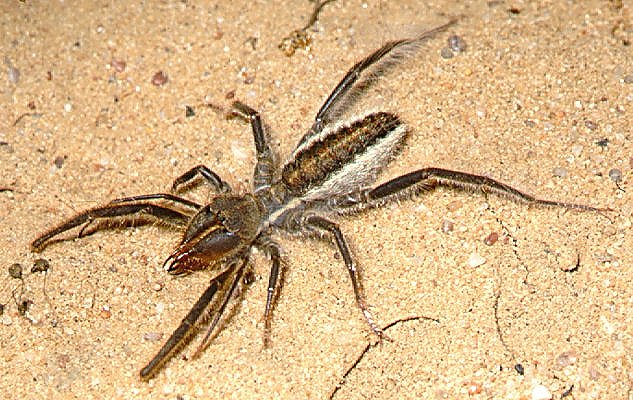

 �����d�ݹϤ��ԲӸ�� �����d�ݹϤ��ԲӸ�����bŪ�����Ϥ����ԲӸ�ơA�еy�� ... |
 ���D�D�����Ϥ��p�U�G ���D�D�����Ϥ��p�U�G
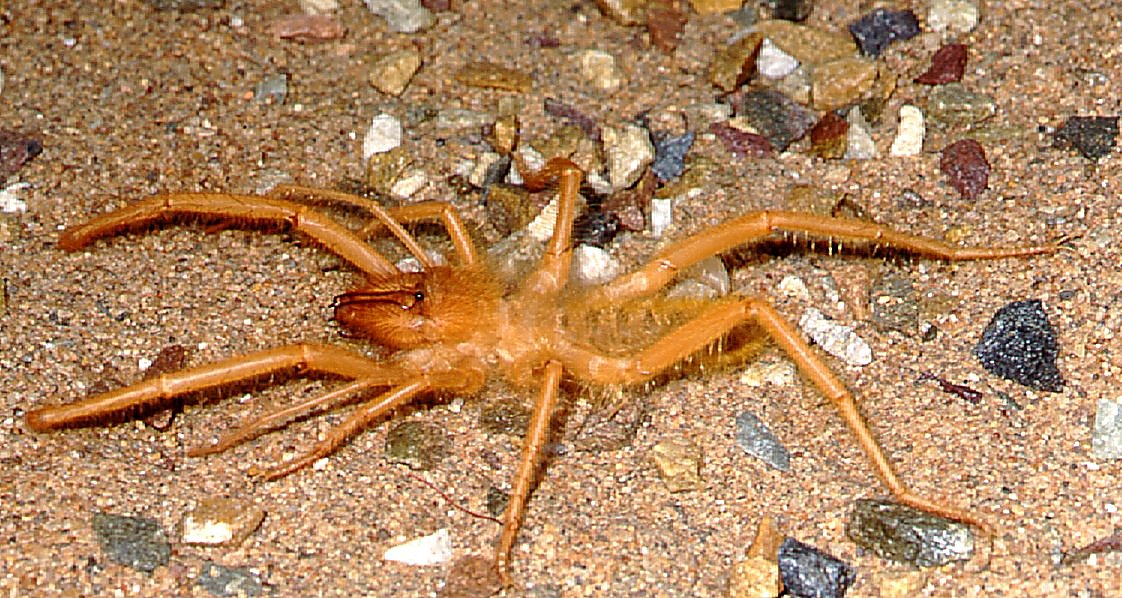

 �����d�ݹϤ��ԲӸ�� �����d�ݹϤ��ԲӸ�����bŪ�����Ϥ����ԲӸ�ơA�еy�� ... |
 ���D�D�����Ϥ��p�U�G ���D�D�����Ϥ��p�U�G
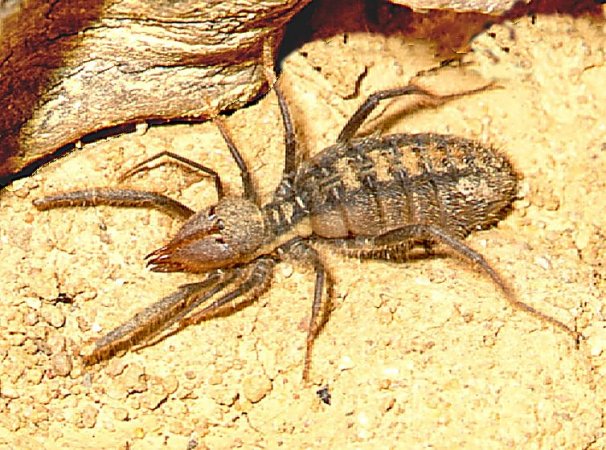

 �����d�ݹϤ��ԲӸ�� �����d�ݹϤ��ԲӸ�����bŪ�����Ϥ����ԲӸ�ơA�еy�� ... |
 ���D�D�����Ϥ��p�U�G ���D�D�����Ϥ��p�U�G
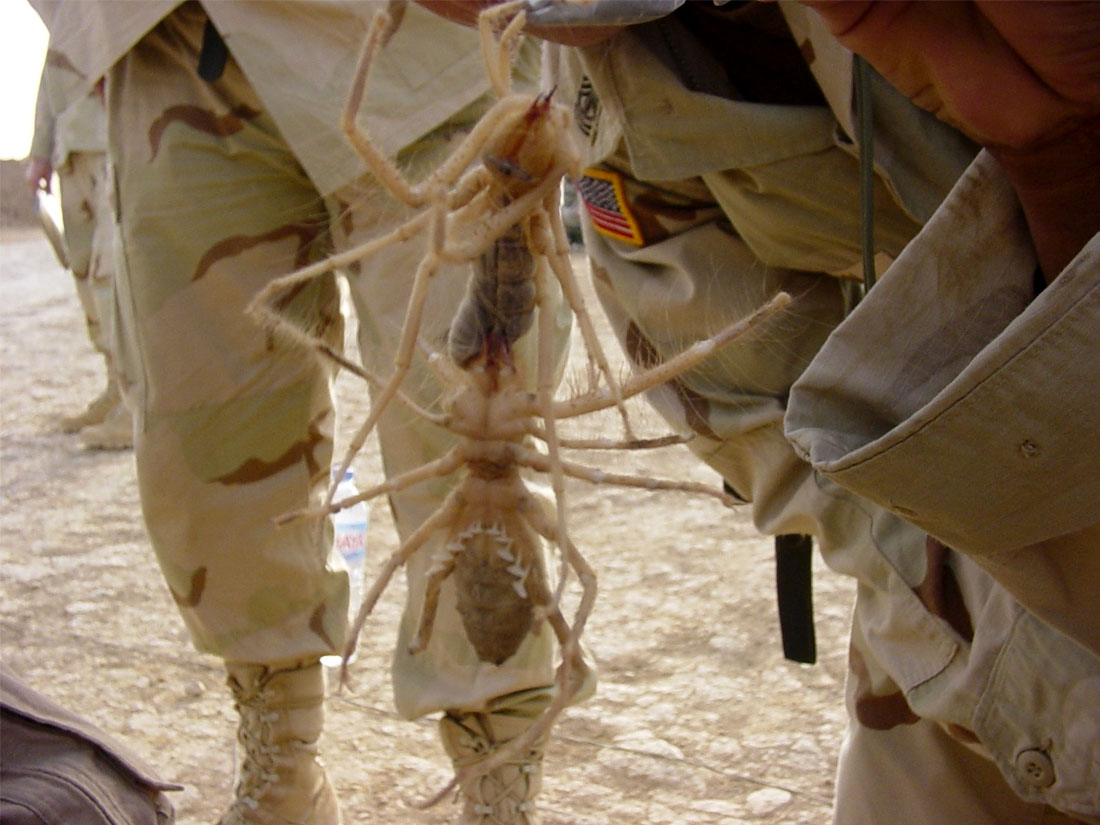

 �����d�ݹϤ��ԲӸ�� �����d�ݹϤ��ԲӸ�����bŪ�����Ϥ����ԲӸ�ơA�еy�� ... |
Hi everyone!! I'm new in this board, I've heard US soldier in Iraq bitten by this kind so-call Camel Spider.
Below were some videos about this spider........
Camel spider
http://www.youtube.com/watch?v=h8DXzjvnzPk
http://www.youtube.com/watch?v=f9ZMqaGmeA8
http://www.youtube.com/watch?v=JMhILe_c18A
Scorpion VS Camel Spider
http://www.youtube.com/watch?v=NXbwi1XFPXo
http://www.youtube.com/watch?v=X0CkrOaIh4g
Camel Spider1
http://www.youtube.com/watch?v=RpBZ0CyXhAU
Camel Spider2
http://www.youtube.com/watch?v=dbOYC0UasLY
1. Camel spiders top speed - 10 mph.
2. Size: Up to 6 inches
3. They have no venom.
4. They don't jump.
5. Called camel spiders because they live in the desert.
They actually aren't spiders at all, they're solpugids.. Along with spiders, they are members of the class Arachnida. The name of the solifugids originates from the Latin for 'fleeing from the sun' although many species are nocturnal. The term 'sun spider' applies to those species active during the day that tend to avoid the heat and dash from shadow to shadow - often of a person - giving the alarming impression that they are giving chase. The term 'red roman' probably originates form the Afrikaans term 'rooiman' (red man) due to the red-brown colour of some species. The popular terms 'haarskeerders' and 'baardskeerders' (Afrikaans words for hair and beard cutters) originate from the strange behaviour of some of these animals where they cut hair from sleeping people or animals (dogs) at night. It appears that female solifugids find hair to be an ideal nest liner.
Solifugids appear to have 10 legs but in fact, the first pair of appendages are the pedipalps that are very strong and are used for various functions such as drinking, fighting, feeding and mating. The first pair of legs are thin and short and used as tactile organs. The fourth pair of legs are the longest and strongest and carry white structures called racket organs - the purpose of which is not known.
They vary in size and those found locally are quite small, about 15-20 mm, but in the arid areas they can reach 70 mm and with legs included, can measure 160 mm. The head is large, supporting large strong chelicerae (jaws). The 11 segmented abdomen is soft and expandable that enables the animal to each large amounts of food.
The order includes various families; Ceromidae, Daesiidae, Gylippidae, Hexisopodidae, Karschiidae, Melanoblossiidae, Solpugidae. Of the 900 species throughout the world, 240 species occur in southern Africa. Solifugids are divided into two groups - nocturnal and diurnal. The diurnal species are usually more brightly coloured and the nocturnal species are usually much larger. These arachnids are found mostly in the hot arid regions and have a resistance to high temperatures and low humidity.
Solifugids prey on various insects, spiders, scorpions, small retiles, dead birds and even each other. Some species are exclusively termite predators. They run their prey down and once they catch it they eat while the prey is still alive with vigorous ripping and cutting actions of the powerful jaws.
Male solifugids have hook-like flagella on the chelicerae, uniquely shaped for each species, that probably play some part in mating. During mating, the male deposits a spermatophore in the female's vagina. About 20 to 200 eggs are produced and hatch within about four weeks. Solifugids live for about a year and pass through 9 instars before maturity. They are solitary animals living in scraped out sand retreats under rocks and logs.
| | |
|
|
|
|
 2006/10/30 12:33pm�@ 2006/10/30 12:33pm�@ IP: �w�]�w�O�K IP: �w�]�w�O�K | [����@ 3862 �줸��]�@ |
| |




 �D�D�z�G
�`�T��
�D�D�z�G
�`�T��  �����`�T��
�����`�T��  �ϩT��
�ϩT��  �����ϩT��
�����ϩT��  �T��
�T��  �����T��
�����T�� 
 �����[��
�����[��  ���
���  �������
�������  ����
����  ��w
��w  ����
����  �R��
�R��  �R���^��
�R���^��  ����
���� 